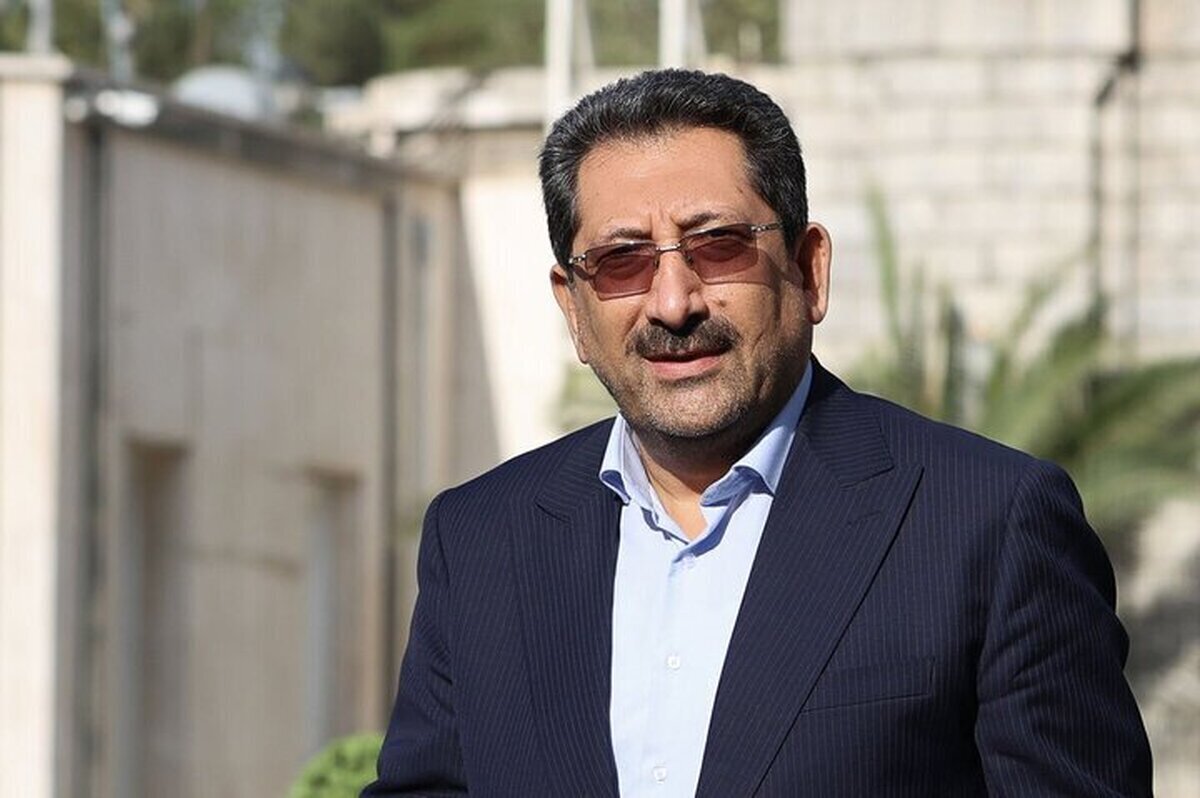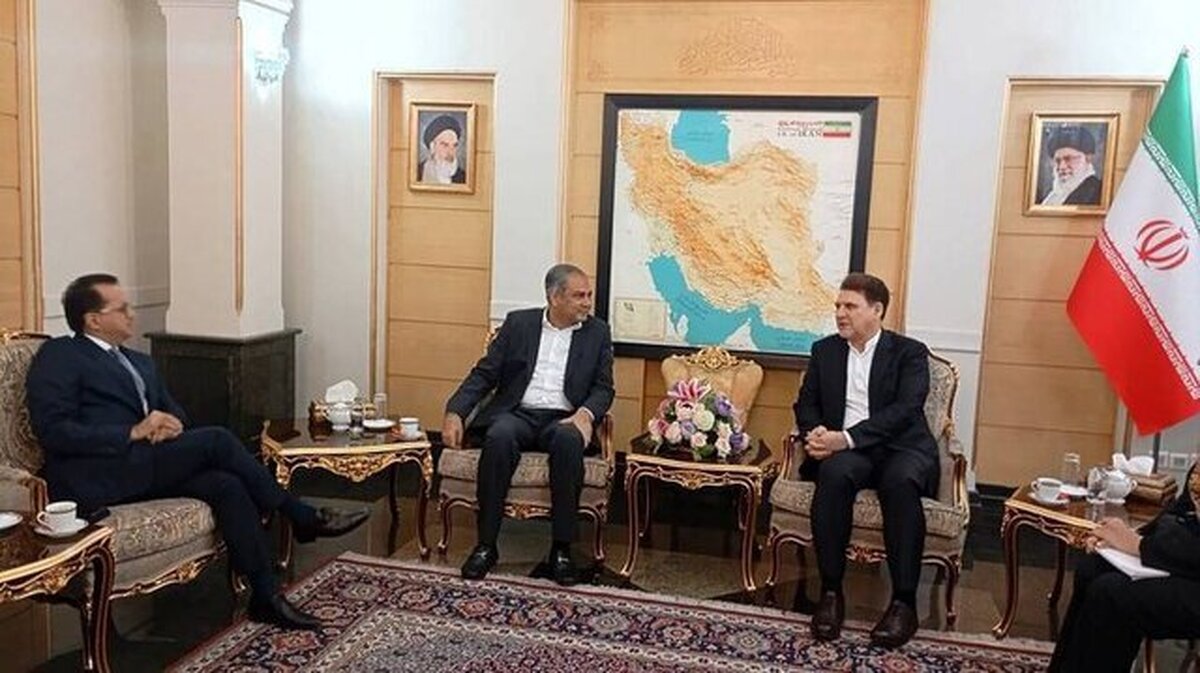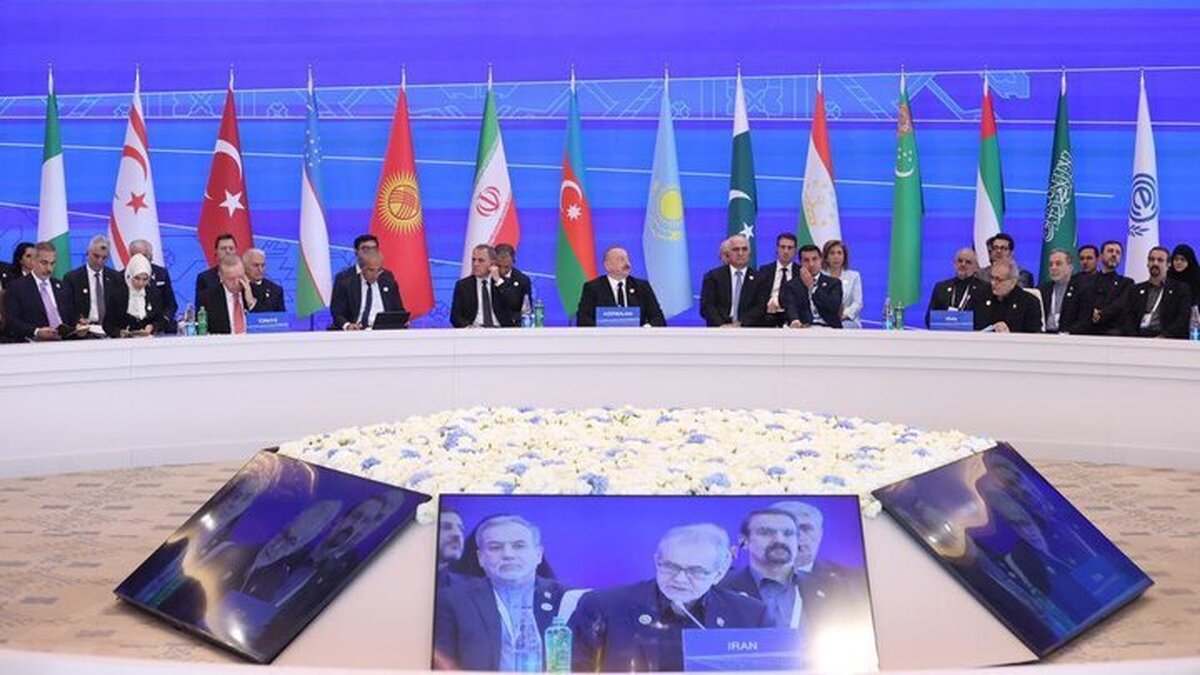
Iran's Trade With ECO Jumps 38% YOY to Near $5 Billion in Five Months
EghtesadOnline: Iran and the Economic Cooperation Organization member states traded 7.94 million tons of commodities worth $4.97 billion during the first five months of the current Iranian year (March 21-Aug. 22), registering an 8% and 38% rise in volume and value respectively compared with the similar period of last year, according to the spokesperson of the Islamic Republic of Iran Customs Administration.
“Iran’s exports stood at 6.1 million tons worth $2.95 billion, which indicate a 22% and 50% growth in weight and value respectively year-on-year,” Rouhollah Latifi was also quoted as saying by IRNA.
Turkey was Iran’s biggest export destination among ECO members during the period with more than $1.1 billion, followed by Afghanistan with $855 million, Pakistan with $421 million, Uzbekistan with $174 million, Azerbaijan with $161 million, Turkmenistan with $117 million, Kazakhstan with $63 million, Kyrgyzstan with $27 million and Tajikistan with $9 million.
Iran’s imports stood at 1.84 million tons worth $2.01 billion, registering a 20% decline in weight but a 22% increase in value compared with the corresponding period of last year.
Turkey was also the biggest ECO exporter to Iran with $1.79 billion, followed by Pakistan with $90 million, Uzbekistan with $63 million, Kazakhstan with $28.6 million, Turkmenistan with $15.5 million, Azerbaijan with $14 million, Afghanistan with $3.9 million, Tajikistan with $3 million and Kyrgyzstan with $1.2 million.
Iran and ECO member states traded a total of 23.73 million tons of goods worth $11.71 billion in the last Iranian year (March 2020-21), with Iran’s exports standing at 18.42 million tons worth $6.89 billion and imports hovering around 5.31 million tons worth $4.82 billion.
ECO has 10 member states, namely Iran, Turkey, Afghanistan, Pakistan, Azerbaijan, Turkmenistan, Kazakhstan, Uzbekistan, Tajikistan and Kyrgyzstan.
The Economic Cooperation Organization is a Eurasian political and economic intergovernmental organization founded in 1984 in Tehran by the leaders of Iran, Pakistan and Turkey. It provides a platform to promote and boost trade and investment opportunities.
An ad hoc organization under the United Nations Charter, ECO aims to establish a single market for goods and services.
ECO's secretariat and cultural department are located in Iran, its economic bureau is in Turkey and its scientific bureau is in Pakistan. Consisting of predominantly Muslim-majority states, it is a trade bloc of Central Asian states connected to the Mediterranean region through Turkey, to the Persian Gulf via Iran and to the Arabian Sea via Pakistan.
Iran registered a non-oil trade surplus of $1 billion in the first five months of the current fiscal year (March 21-Aug. 22), according to Mehdi Mirashrafi, director general of the Islamic Republic of Iran Customs Administration.
Iran’s total foreign trade hit 59.3 million tons worth $34 billion during the period, registering a 14% and 38% growth in weight and value respectively, year-on-year, the news portal of IRICA reported.
Non-oil exports stood at 45.5 million tons worth $17.66 billion, registering a 20% and 63% growth in weight and value respectively year-on-year.
The exports mainly included methanol, natural gas, polyethylene, semi-finished iron products, iron ingots, gasoline, liquid propane, iron pipes, urea and petroleum bitumen.
The first five destinations of Iranian exports were China with 12.3 million tons worth $5.9 billion, Iraq with 12 million tons worth $3.16 billion, the UAE with 5 million tons worth $1.9 billion, Turkey with 1.37 million tons worth $1.1 billion and Afghanistan with 2.16 million tons worth $885 million.
Imports stood at 13.8 million tons worth $16.63 billion from March 21 to Aug. 22, registering a 5% decline in terms of weight but a 21% growth in terms of value YOY.
The top 10 imported goods and products were cellphones, corn, soybeans, sunflower oil, barley, wheat, soymeal, palm oil, sugar and carbon electrodes.
Iran’s non-oil foreign trade declined from $85 billion in the fiscal 2019-20 ($41.3 billion worth of exports and $43.7 billion of imports) to $73 billion in the fiscal 2020-21 ($34.52 billion of exports and $38.5 billion of imports).




